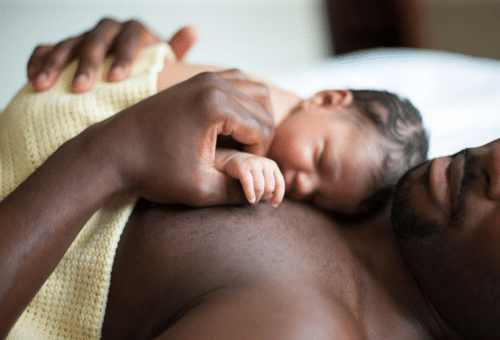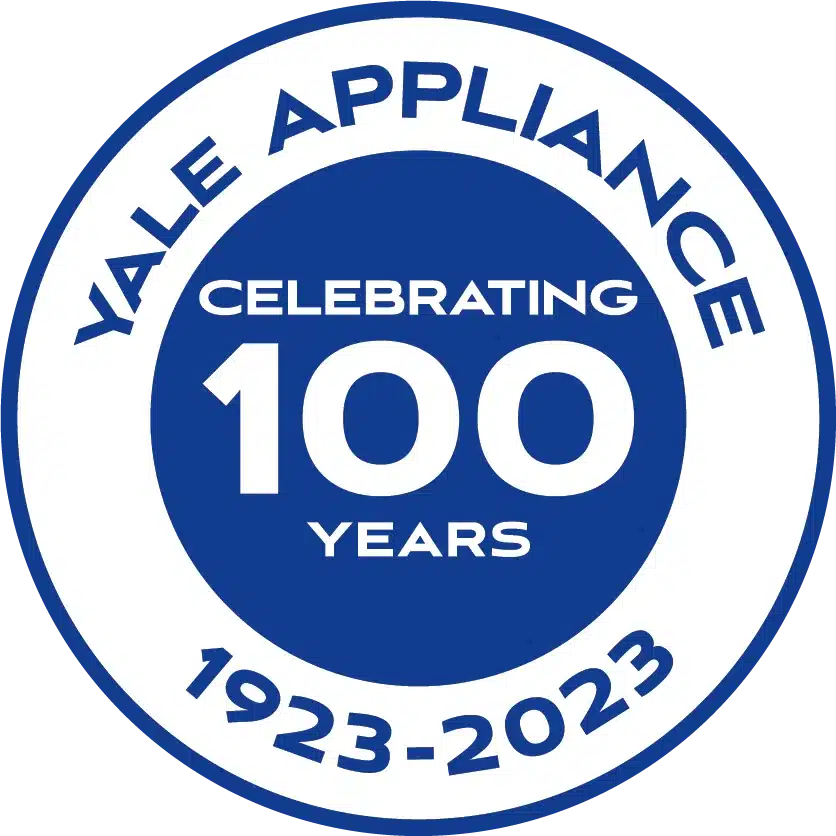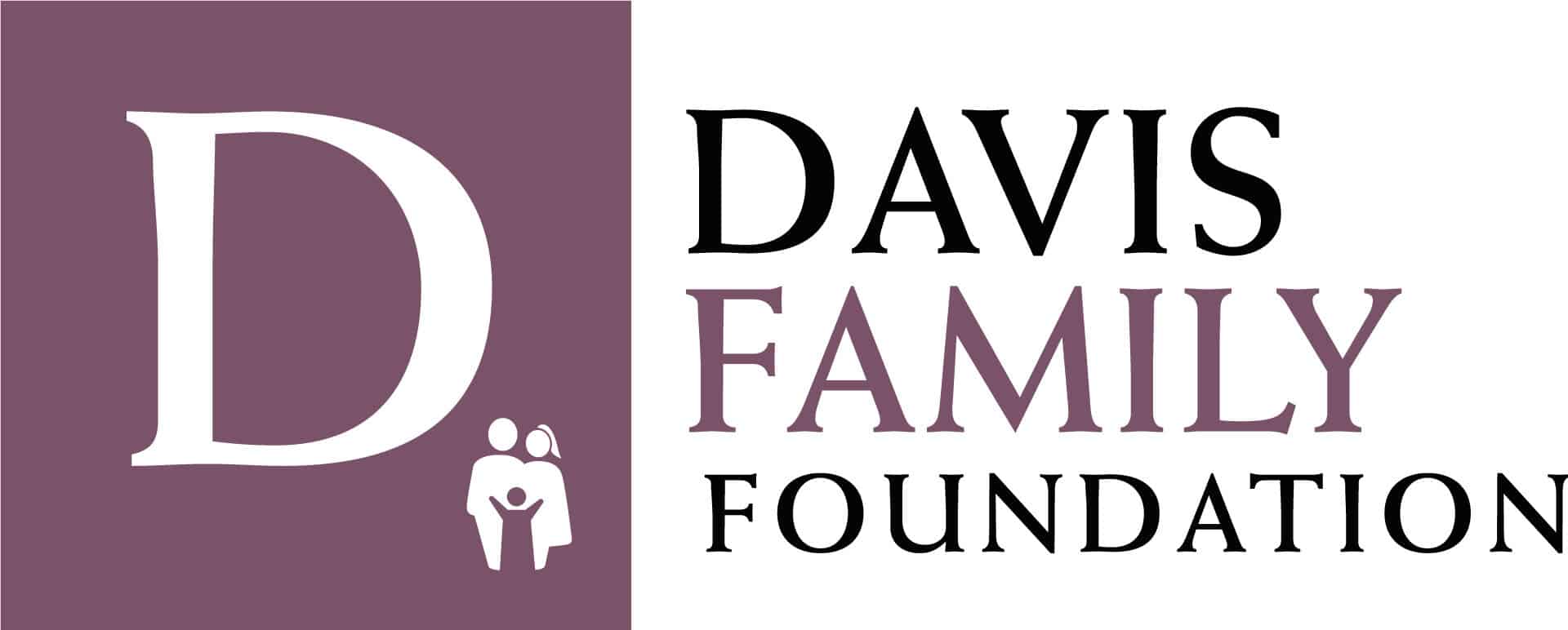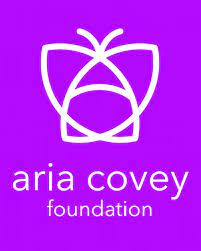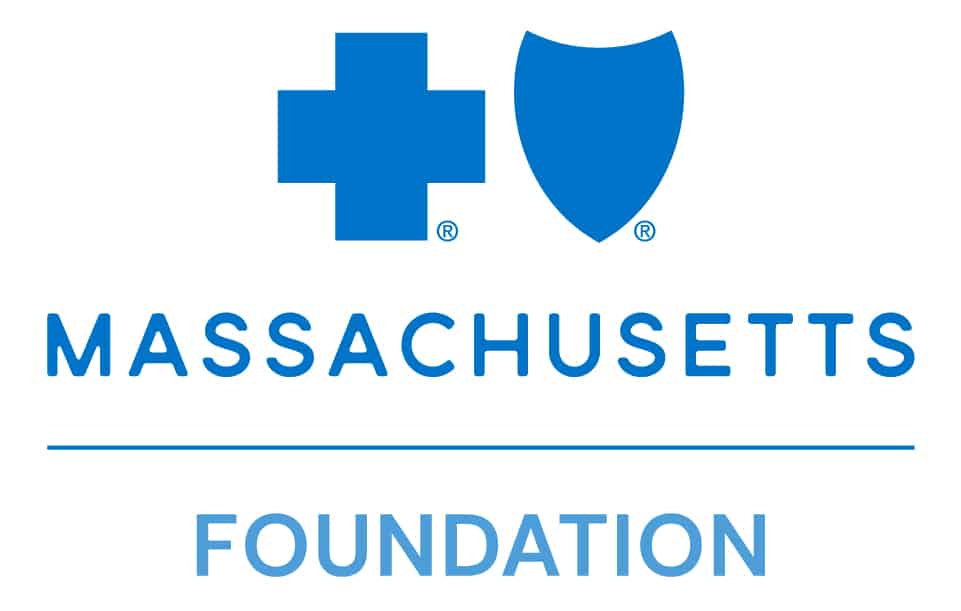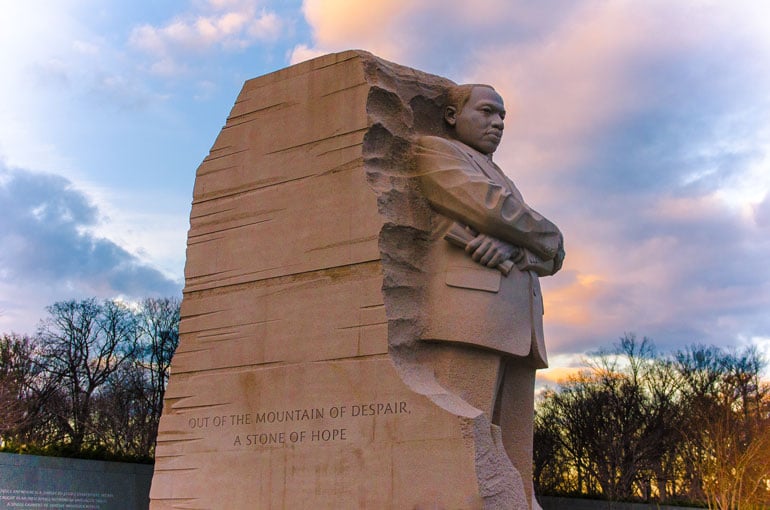
Adapted from original January 18, 2016 post.
In observing the birthday of Martin Luther King Jr, we think about how he was making the dream come true and explore what that means for us today as a milk bank focused on donor milk equity.
Both of my parents were involved, individually and together, in the Civil Rights movement, including marching with Rev. King. For my brothers, my children, and my niece and nephews, this is part of our personal legacy and responsibility. But, really, it is part of all of our legacy and responsibility.
“Now is the time to lift our nation from the quicksands of racial injustice to the solid rock of brotherhood. Now is the time to make justice a reality for all of God’s children.” These words, unfortunately, still apply to us almost 53 years after Rev. King spoke them at the Lincoln Memorial, 100 years after the signing of Emancipation Proclamation.
The faces of racial injustice are complex, insidious, and widespread in US geography and society. Individual, or even collective, action often feels overwhelming and futile. Police brutality, a face of injustice and racism that King addressed in his “I Have a Dream” speech, still fills our communities, news media, and courts today. But it is not something most of us can easily translate into an action item.
Breastfeeding is the birthright of every baby. With very few exceptions, mothers can nurse their babies. Yet breastfeeding rates vary widely by race, socioeconomics, and geography. What can you as an individual do to make breastfeeding the norm where you live and work? What actions can your community, your organizations (e.g., breastfeeding coalition, support group, WIC, La Leche League), your profession (e.g., nurse, lactation consultant, peer counselor, physician, parent, journalist) take together? When we ask the question of ourselves, our neighbors, our colleagues, when we brainstorm ideas and ways to implement them, each of us can play a role in creating a more equitable society.
Babies in poor communities and communities of color are more likely to be born premature, yet they are less likely to be treated in hospitals that use donor milk. Donor milk saves lives. Donor milk also supports breastfeeding for mothers of premature hospitalized babies. So what can individual milk banks and hospitals do to ensure access to donor milk, regardless of babies’ race or hospital of birth? What is the responsibility and plan of HMBANA, AAP, ACOG, ACNM, AWHONN, and others? How do we best collaborate locally, nationally and internationally “to make [this] justice a reality for all God’s children”?
Pirkei Avot (Principles of the Fathers) (a Jewish text written in the 2nd century CE) 2:21 teaches us, “It is not incumbent upon you to finish the task, but neither are you free to absolve yourself from it.” Each of us, individually and institutionally, has the ability and the responsibility to work to achieving the dream of Martin Luther King and our Declaration of Independence—equality, freedom, access.
Parker M, Barrero-Castillero A, Corwin B, Kavanagh P, Belfort M, Wang J. Pasteurized human donor milk use among US level 3 neonatal intensive care units. J Hum Lact. 2013;29(3):381-389)
Arslanoglu, S et al. Presence of human milk bank is associated with elevated rates of exclusive breastfeeding in VLBW infants. J Perinat Med. 2013;41(2):29
Parker et al. Implementation of donor milk program is associated with greater consumption of mothers’ own milk among VLBW infants in a US, level 3 NICU. J Hum Lact. August, 2015
Photo: Jamie Levine Davis
